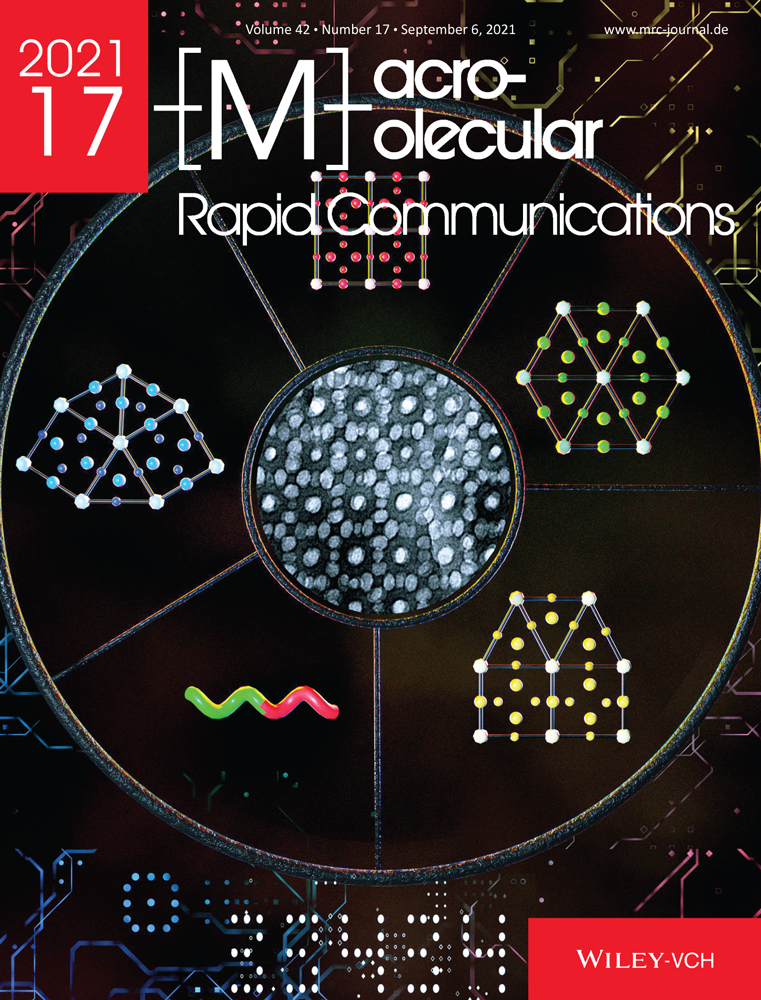Preparation of Poly(Ionic Liquid) Microbeads via Cooling-Assisted Phase Separation Method
Abstract
A simple and large-scale non-chemical preparation of uniform poly(ionic liquid) (PIL) microbeads via a cooling-assisted phase separation (CAPS) method is reported. For this method, PIL bulk is dissolved to form a saturated solution in a mixed solvent composed of good solvent and non-solvent at a relatively high temperature. Then, the uniform PIL microbeads are prepared by cooling the solution to room temperature or a lower temperature in the absence of stabilizer. The size of microbeads can be controlled by adjusting the preparation parameters, including PIL concentration, cooling rate, and agitation state. The scale of preparation can be up to 10 g, and the yield of PIL microbeads is more than 70% or 88% when the solution is cooled to room temperature or 0 °C, respectively. The formation mechanism of PIL microbeads is discussed by tracing the nucleation and growth process by the transmittance of light of the solution during cooling. The application of this CAPS method to other polymer microbeads preparation is finally discussed by choosing different good solvent and non-solvent.
Conflict of Interest
The authors declare no conflict of interest.
Open Research
Data Availability Statement
The data that supports the findings of this study are available in the supplementary material of this article.




